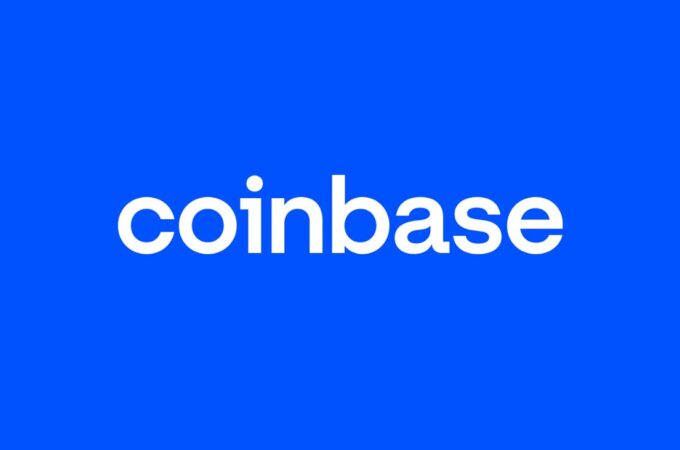
Study Reveals 90% Non-User Transactions in Stablecoin Market
Stablecoins, often heralded as the future of digital payments, face scrutiny as a recent study co-developed by Visa and Allium Labs sheds light on the dominance of non-user transactions in the market, Bloomberg reports. Despite optimistic forecasts from industry leaders, including fintech giants like PayPal and Stripe, the findings underscore the challenges ahead for stablecoins in revolutionizing the payment sector.
Out of a total of $2.65 trillion in stablecoin transactions recorded in the past month, a mere $265 billion is attributed to “organic payments activity,” according to the study. This revelation challenges the prevailing narrative of stablecoins poised to transform the payment industry. While stablecoins offer the potential for stability and efficiency in transactions, practical hurdles such as user-friendly interfaces and enhanced payment infrastructure remain significant barriers to widespread adoption.
Pranav Sood, executive general manager for Europe, the Middle East, and Africa at Airwallex, emphasizes the need to improve existing payment infrastructure to facilitate seamless adoption of stablecoins. Despite muted demand for stablecoin-based payment solutions, with many consumers favoring traditional methods due to ease of use, the study highlights a steady growth in monthly active stablecoin users, reaching 27.5 million across all chains.
Stripe’s recent reentry into the cryptocurrency space signals a shift towards institutional adoption of stablecoins. Unlike its previous experience with volatile cryptocurrencies like Bitcoin, Stripe now embraces stablecoins, such as Circle’s USDC, for their predictable value and suitability for online transactions. John Collison, Co-Founder and President of Stripe, showcased a seamless crypto payment using USDC, emphasizing its reliability and user-friendly nature.
Despite the challenges facing stablecoins, industry analysts predict a surge in circulation in the coming years, with the total value projected to reach $2.8 trillion by 2028. Initiatives like Stripe’s adoption of stablecoins and PayPal’s collaboration with Xoom for international transactions reflect growing confidence in stablecoins as a viable payment instrument.
However, the study’s findings caution against overlooking the prevalence of non-user transactions, urging stakeholders to address fundamental issues hindering the widespread adoption of stablecoins. As the fintech landscape continues to evolve, ensuring user-centric solutions and robust infrastructure will be essential in realizing the full potential of stablecoins in the digital payments ecosystem.





